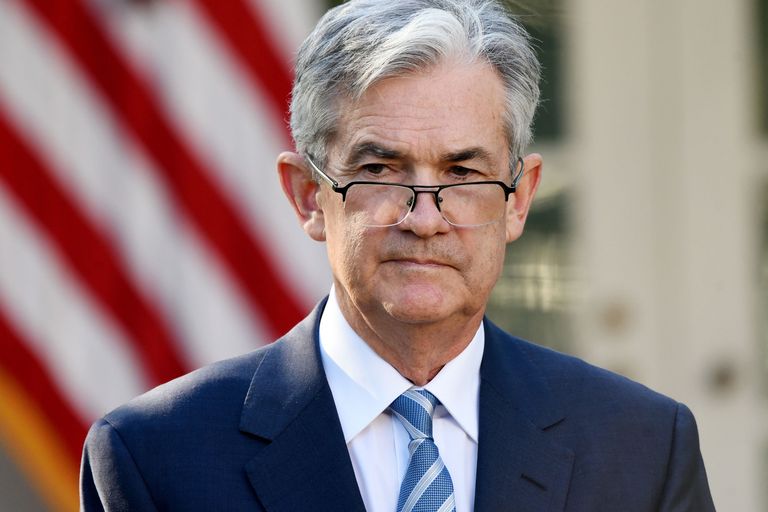The forecasts we made last month for the euro and Japan’s yen proved fairly accurate, although the bounces started a few days later than we expected. The euro is still following the medium-term bearish path that we outlined in our 7 March article, while the yen’s strong recent rally could lead into a lengthy sideways move during the rest of 2023, based on our structural analysis.
Euro to move lower in near term?
The euro's climb from February appears corrective, even though it has pushed almost to the limit of where a corrective second wave can reach. A daily close above $1.1054 would prompt us to re-evaluate our wave count and probably discard what is currently the primary scenario (shown on the chart below with black labels and a grey path), although it would leave the alternative (blue) scenario provisionally intact.
If the euro declines from near its current area, then we would expect to see price climb down the rungs of the ladder shown in the green intraday inset in the bottom-left corner of the chart. Ideally, a break of each support would lead to a test of the next one, and any small bounces would be capped by the previously broken supports. That said, a small swing higher is still possible as long as $1.0880 holds as support.
The alternative scenario – in which the euro could make a higher low compared to last year and continue rising – remains a possibility until price pushes beneath the middle series of supports shown on the daily chart.
On the other hand, if the primary scenario is working, then any bounce from that middle zone of supports should be shallow. The euro could then achieve a new low, probably around July or August, or possibly in autumn.

Yen poised to trade sideways?
The yen has provided new clues about where it may be heading, so we have updated our Elliott Wave count. In our previous post, we suggested that the climb from October to January represented either the entirety of a corrective fourth wave or merely the first part of that wave. Now we're more confident of the latter.
The strong rally from 9 March makes it difficult to find a downward impulse that could be the start of an escape move out of a fourth wave. That suggests the market is still in the fourth wave. We have drawn what we believe is the most likely “triangle” path on the daily chart below, although the correction could produce a simpler a-b-c form instead. Either type of correction could favour traders who are skilled at working in range-bound markets.

Eventually, the yen should test areas beneath its 2022 low. We have $0.006396 as a preliminary target for the ultimate low.
For more technical analysis from Trading On The Mark, follow them on . Trading On The Mark's views and findings are their own, and should not be relied upon as the basis of a trading or investment decision. Pricing is indicative. Past performance is not a reliable indicator of future results.
Disclaimer: CMC Markets Singapore may provide or make available research analysis or reports prepared or issued by entities within the CMC Markets group of companies, located and regulated under the laws in a foreign jurisdictions, in accordance with regulation 32C of the Financial Advisers Regulations. Where such information is issued or promulgated to a person who is not an accredited investor, expert investor or institutional investor, CMC Markets Singapore accepts legal responsibility for the contents of the analysis or report, to the extent required by law. Recipients of such information who are resident in Singapore may contact CMC Markets Singapore on 1800 559 6000 for any matters arising from or in connection with the information.








